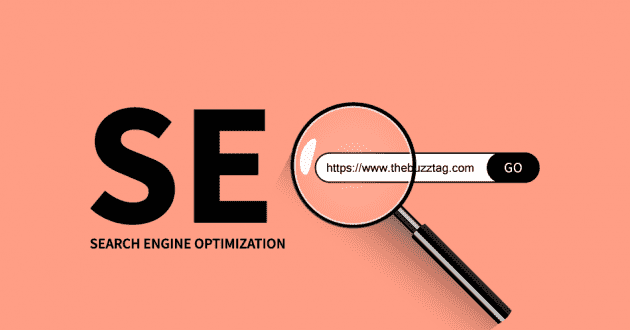Four Reasons Listicles are Changing the Face of Content Marketing
- - Category: Information Tech
- - 07 Apr, 2015
- - Views: 1.2k
- Save
Love lists? So does the World Wide Web!
Love lists? So does the World Wide Web! In the last few years, the manner in which people consume content on the web has changed completely. Traditional content marketing methods, while still useful in certain contexts, have been replaced by newer, more modern methods that have proven to be successful in connecting with an audience that has a short attention span and a wide variety of items to choose from. Most content marketers have come to the slow realization that presentation is key. While what is being said is important, how it is being presented is equally imperative.
Longer text has been replaced by content that is crisper, more concise and presented in manner that isn’t text-heavy, such as through infographics, videos or more recently, listicles. On the web, the main aim of any content marketing strategy is to encourage social sharing. And one piece of content has been acing the social sharing game – listicles. If you don’t already know this, a listicles is a piece of content on a list-like format where each point is accompanied by an image or a GIF. One of the very contenders to adopt listicles was Buzzfeed and since then, pretty much everyone has been taking the bait. Here are 4 reasons why listicles have been changing the face of digital marketing.
Users know what to expect right at the offset
As mentioned earlier, long pieces of text tend to turn readers off these days, thanks to their short attention spans. With a listicle, they know what to expect as soon as they see it. They are aware that information is going to be disseminated in a short, crisp and concise manner. A listicle that comprises roughly 10 points takes only around 2 minutes to skim over. This allows a reader to access the content they wish to read in as little time as possible. The points assume the role of milestones, which compels a reader to stick through it till the end.
They have low bounce rates and high traffic rates
Listicles are fairly compelling to a reader, usually because of its vertical scrolling format. Once you’ve begun, it is hard to stop in the middle of a listicle, especially if the content covers interesting topics. This leads to a low bounce rate. In addition to that, people today get drawn to listicles like moths to the flame. If the content is relevant, humorous or interesting, there are high chances it being shared socially. This leads to high traffic rates.
Fortunately or unfortunately, click bait works wonders
You may love or hate it, but you can’t ignore it. Click bait is doing the rounds of the Internet and everyone seems to be hooked. We’re sure you too have been curious about ‘This Girl Went Up On Stage For a School Contest. What She Did Next Will Blow Your Mind’. It’s all about catchy headlines with another line that piques one’s interest and exploits our basic human psychology. It’s all about inciting curiosity in a reader and compelling them to open a link to satisfy that curiosity.
The human brain cannot resist lists
The human brain loves all things simple and does its best to steer clear of complex, chaotic stuff. When our brain are able to identify a pattern which groups things together, we have a tendency to take a liking towards that particular thing, in this case, lists. This process becomes easy to understand and comprehend. For instance, image how difficult it is to ready a large, unstructured piece of text. Now, break the same text up into bullets and paragraphs and you will find that it becomes easier to read and visually more appealing. The same hold true for lists.


